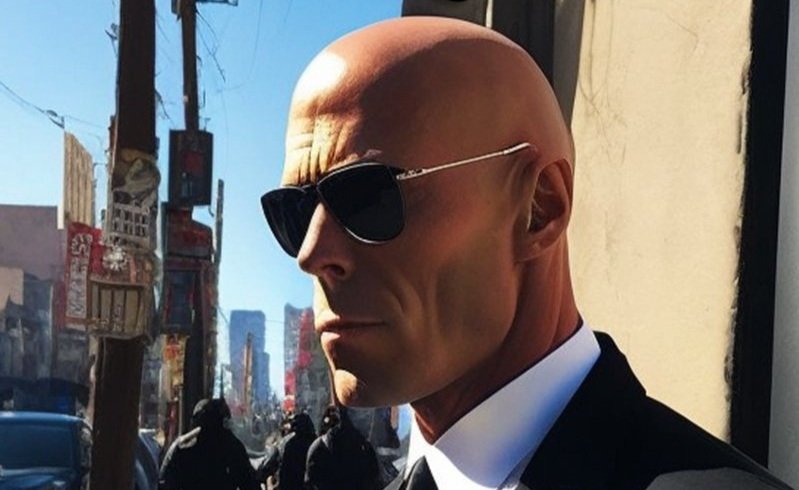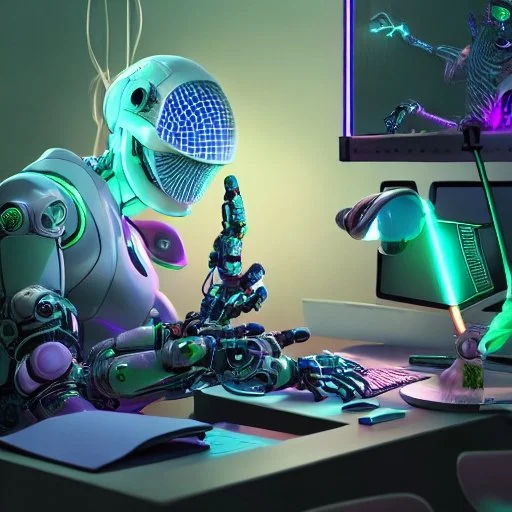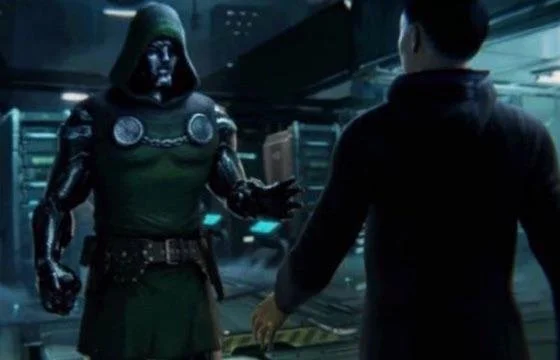4 Things I Learned Making a Webcomic with Midjourney
/The Stoner is a rambling, irreverent trans-media comic about a pot smoking werewolf and his best friend, a rogue FBI agent. It subverts the reader with anarchic storytelling and unsettling vulgarity.
Issue 1 started in my Moleskine sketchbook. For issue 2, I worked on larger paper and switched from colored pencils to watercolor paint. Issue 3 is a 40 page novella.
Then I jumped ahead to issue 13, which is an Instagram-native webcomic. Each page is a square and it is designed for a swipe experience instead of a page flip experience
While working on issue 13 in my little square sketchbook, I also started playing with AI. I quickly got hooked on Midjourney and a vision for another issue came into view.
But as I tried to bring my vision to life, I started to discover some of the challenges of creating AI art, particularly in comics.
Visual consistency is a challenge for AI. The AI can take your prompt and create a beautiful image, it is unlikely to re-create the same character or setting in the variety of shots you’ll need to tell a traditional comic book story.
Here are 4 big lessons I learned from trying to troubleshoot that issue.
1. Learn the language that the AI speaks.
There is a huge amount of amazing material to be found on YouTube. I love ______.
This video explains how to communicate with AI efficiently in order to get the most accurate expression of your prompt.
If you’re just getting started on midjourney (like I am) take a few minutes to watch some of these videos and learn the basics.
2. Use storytelling to your benefit.
When I realized visual consistency was going to be a challenge, I asked myself “what if I can use that to my benefit?”
I’ve had a few psychedelic stories rattling around in my brain. The variations from image to image in this story help to create a loose, trippy feeling.
It was a natural fit, so I leaned in to the concept.
3. Play with format
Asking Midjourney to draw a comic book page is currently a futile effort. It can’t sequence images on a page in a way that tells a coherent and compelling story. As an illustrator, that’s kind of reassuring for now, even if the machine will eventually inevitably master the art.
I’ve got an idea for how I’m going to deal with that. Depending how it goes, I’ll probably write another blog about it.
In this effort, I decided to continue my trend of creating Instagram native slide comics.
I thought of a few different ways to place the text on each slide (which I did with photoshop— Midjourney is also still incapable of text integrated into imags). I toyed with traditional text boxes, but then I saw another opportunity to lean into the trippy aesthetic of an acid trip.
4. No church in the wild
AI is a new frontier for artists. There are no traditional rules or boundaries in the medium that are currently dogma. One day, there will be old masters in AI art who tell you to follow the rules. But right now, it’s the Wild West.
Use that freedom to your advantage.
When I was working on issue 6, I realized that some of the slides looked like memes. Again, I leaned in. There is a wide open field to innovate in comics by adapting to the visual language of the moment.

















